
Culture
New outdoor sculpture for Liverpool’s International Slavery Museum
3 years ago
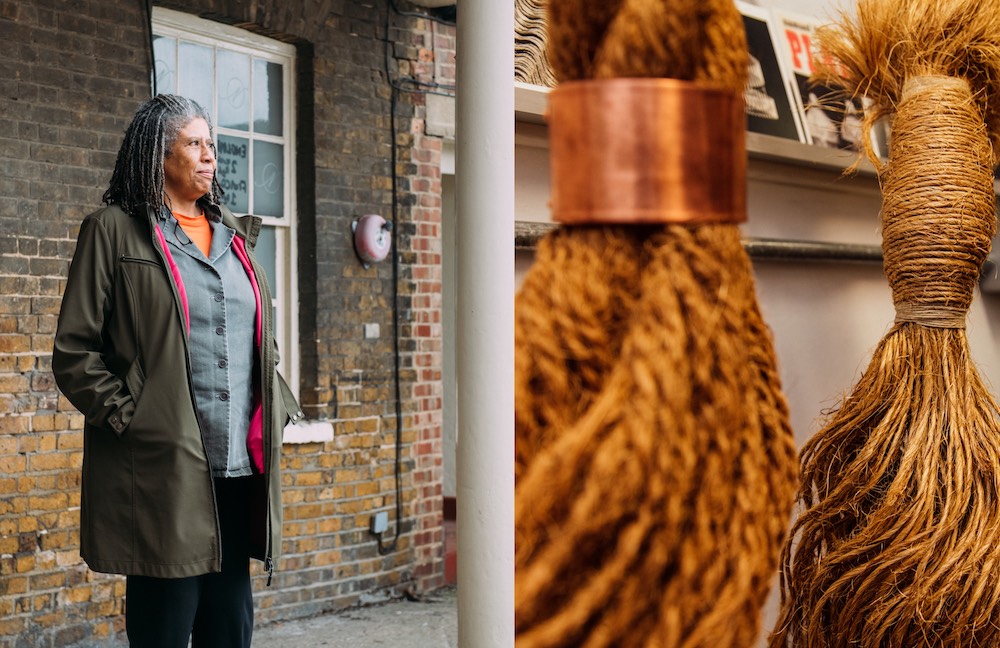
There’s a new outdoor sculpture coming to Liverpool’s International Slavery Museum from the 6 April by artist LR Vandy.
‘Dancing in Time: The Ties That Bind Us’ is a new outdoor installation coming to the International Slavery Museum this April.
The idea is that it will feed into plans for the overall transformation of the new museum on the Albert Dock, exploring storytelling, interpretation, and the wider historic waterfront. This intervention, and the placement of the sculpture on the Canning Dock quayside, echoes artist LR Vandy’s recent studio relocation to Chatham Historic Dock Yard, working with the Ropery, a 19th century building which still makes rope in the traditional way.
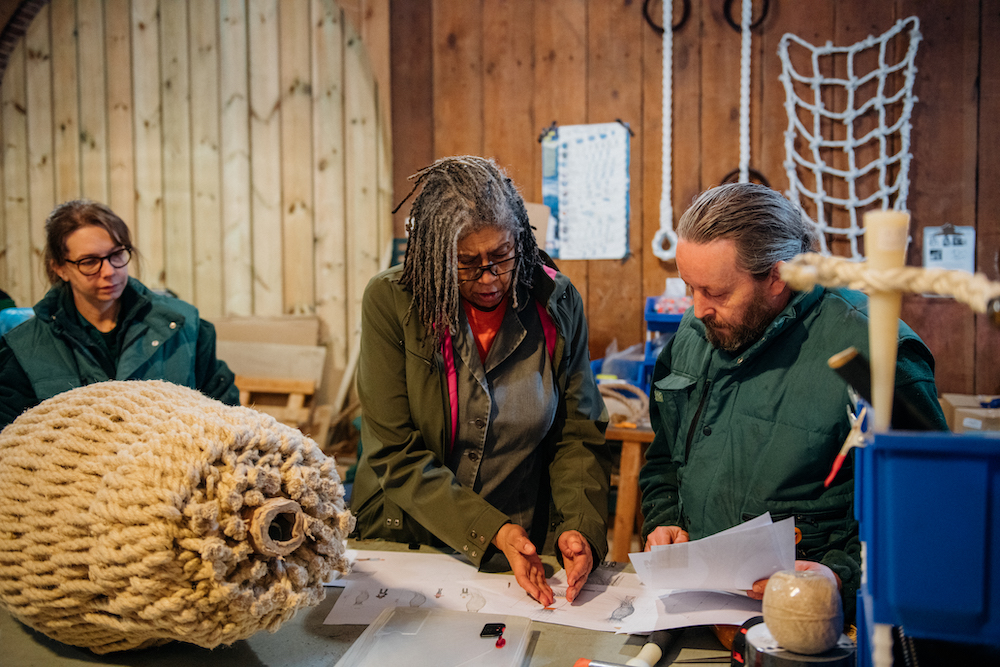
Artist LR Vandy comments:
“Working with the team of Master Ropemakers has given me a new material to explore and express current themes in my practice. I am not interested in making something inert. I want movement, and movement often implies tensions, and what better material than the rope. What people might not appreciate is how much symbolism the rope holds.
Through this sculpture I also want to evoke the feeling of dance – movement. How people throughout times have used dance to break free from oppressive systems.”
The rope holds both symbolic and historic importance as it was used in ancient construction, the building of Colonisation and Empire through shipping, as well as its more sinister association with slavery and captivity. Vandy uses the materiality of the rope to create abstract female figures out of twists and turns, creating a new sculpture for the International Slavery Museum.
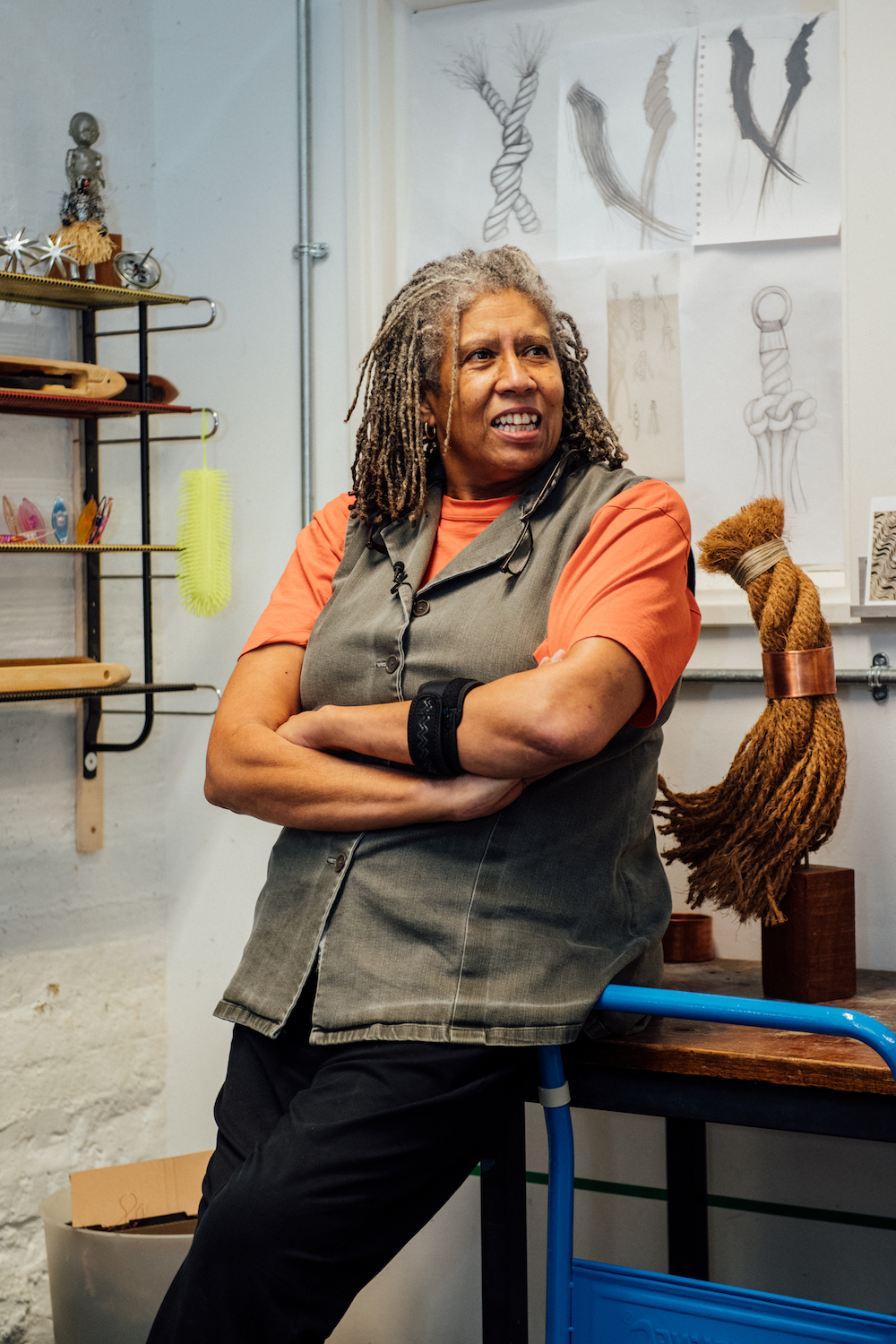
The sculpture is hand made by sewing sections of rope and binding the ends with twine. The end form of the rope speaks to the origins of dance in hunting rituals, carnival masquerades and spirit dancers of the African diaspora, reflecting the title of ‘Dancing in Time.’ A source of inspiration for LR Vandy has been Barbara Ehrenreich’s book, an exploration of dance as a manifestation of the timeless human need for communal joy in Dancing in the Streets: A History of Collective Joy.
One of the overarching ambitions of the Waterfront Transformation Project is connecting people, outside the International Slavery Museum walls, to the heritage site the museum is surrounded by. Exploring how slavery and its legacies still influence the world today and how different art forms transform how we connect people with this heritage.
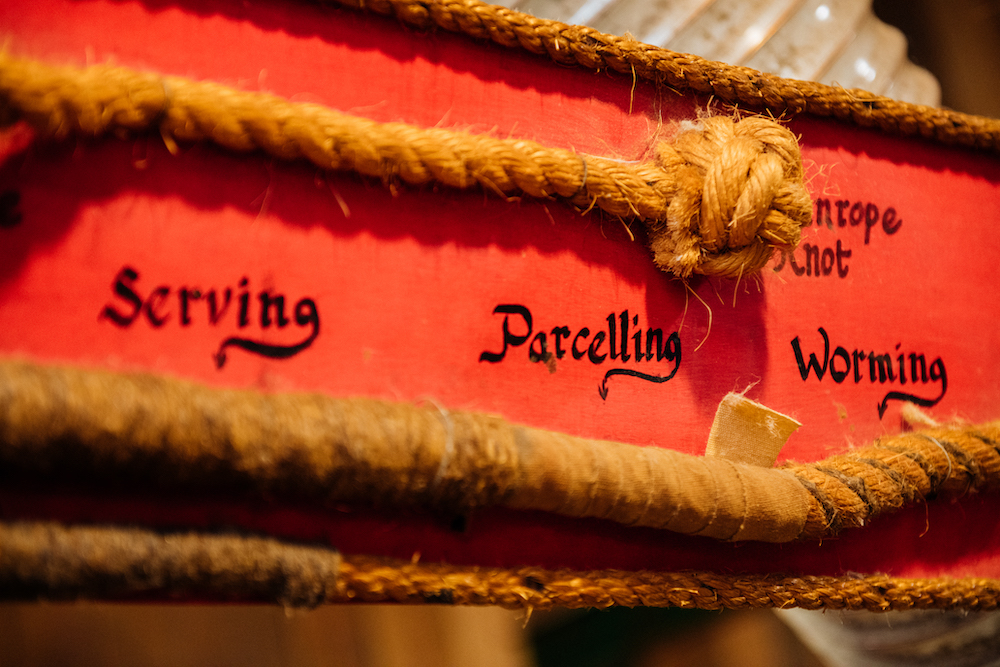
Nicola Selsby-Cunningham, Exhibitions lead at National Museums Liverpool said:
“I cannot think of a more appropriate artist to take the story of historic slavery and maritime history, out from our museum walls to the public. This sculpture is a visually striking artwork with a multi-layered story, with powerful insights and perspectives on the compelling issues of our time.
Placing this sculpture on the Canning Dock quayside allows us to chart new ways of confronting legacies of racism and celebrate cultures of resistance and affirmation. We are deeply grateful to LR Vandy and October Gallery for this wonderful opportunity to collaborate.”
Through her work, Vandy brings together both found and made objects to create new meaning. Using beautiful, precious objects while exploring painful subjects of migration, historically through the lens of the Transatlantic slave trade, and currently the many people making desperate, treacherous boat journeys in hopes of a safer life.
This final pop-up installation is part of the International Slavery Museums’ series of activations and will be located beside the dry dock in the public realm of Liverpool’s Waterfront. The National Heritage Lottery Fund Heritage Horizon Awards has supported us throughout this series of pop-up activation, and in helping us to re-imagine our ambitions for the newly transformed museum.






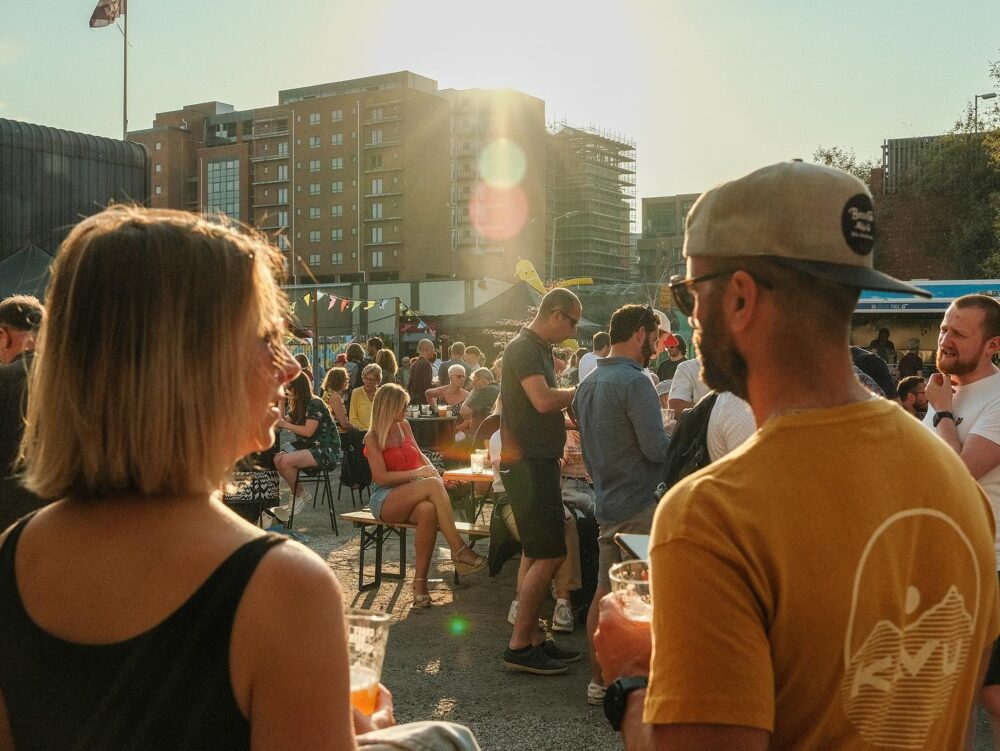

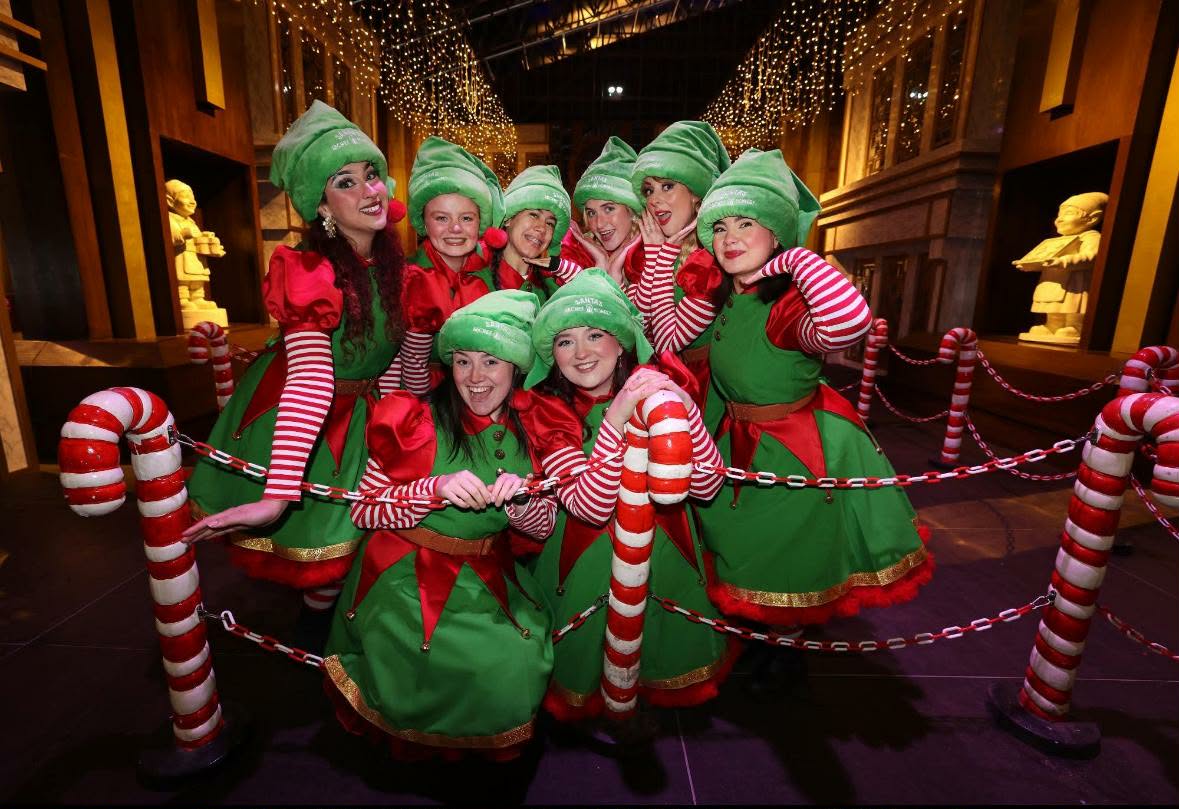
 Subscribe
Subscribe Follow Us
Follow Us Follow Us
Follow Us Follow Us
Follow Us Follow Us
Follow Us Follow Us
Follow Us











